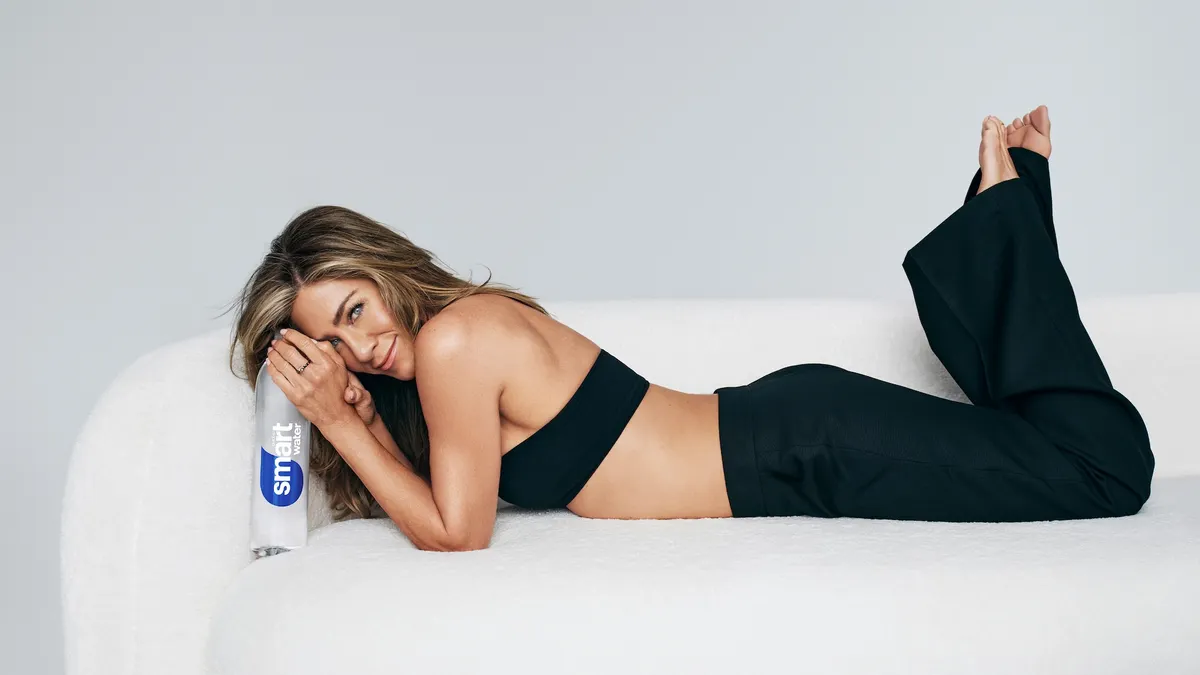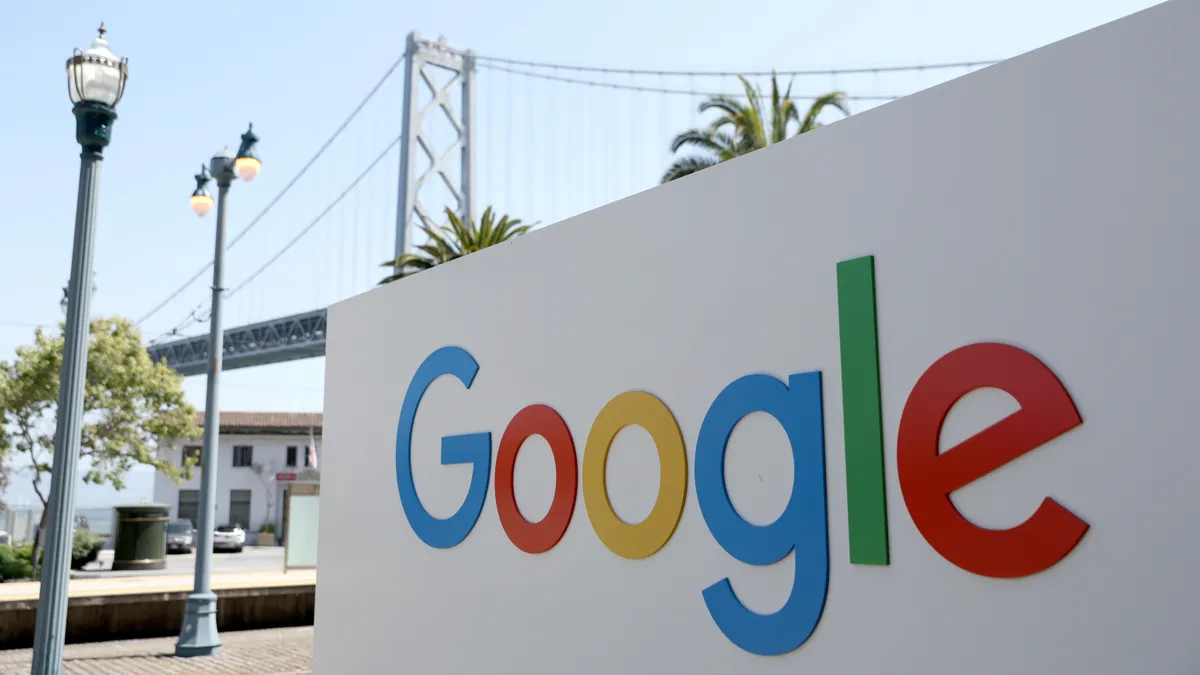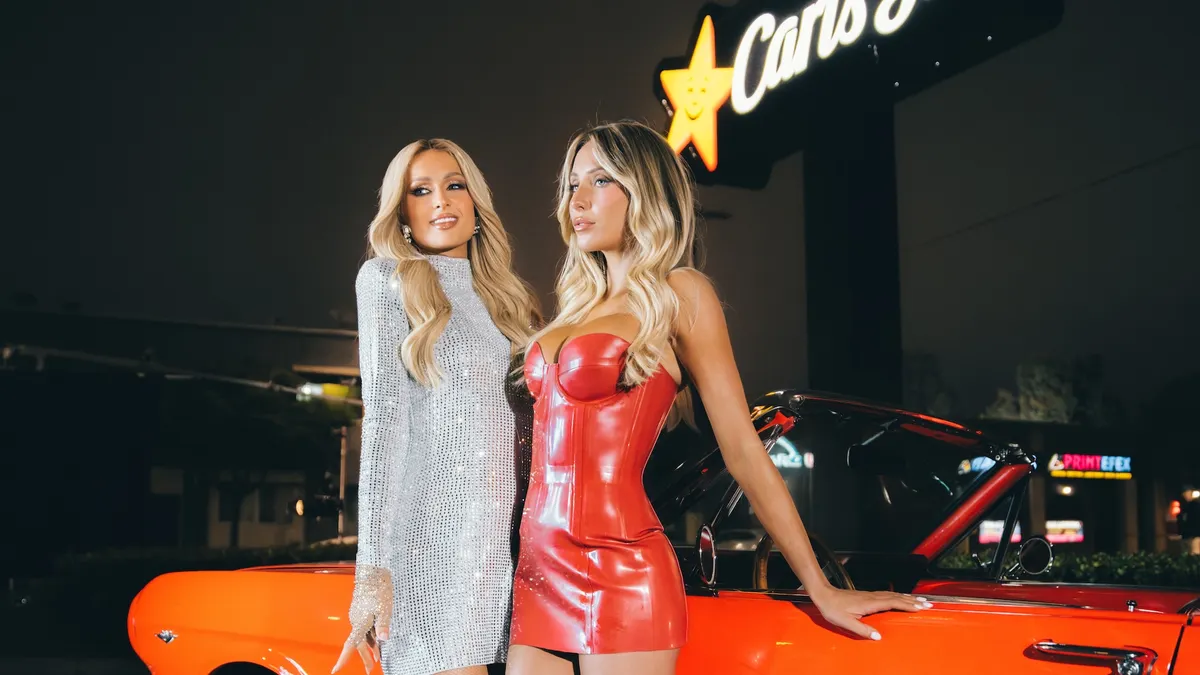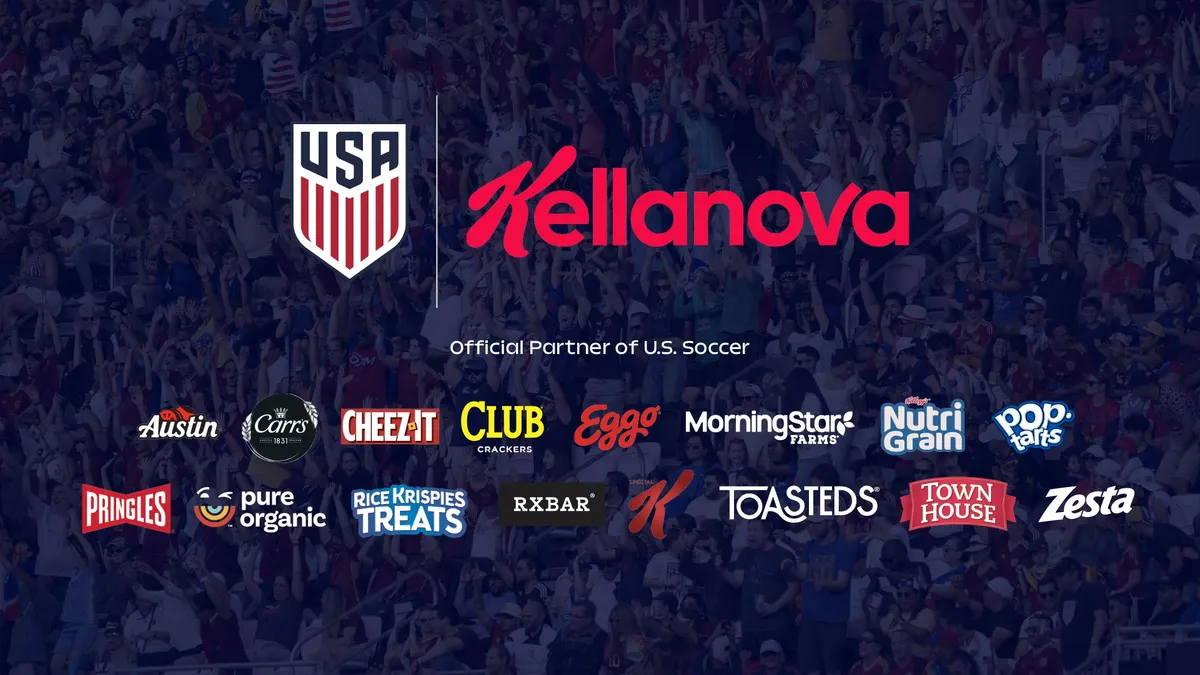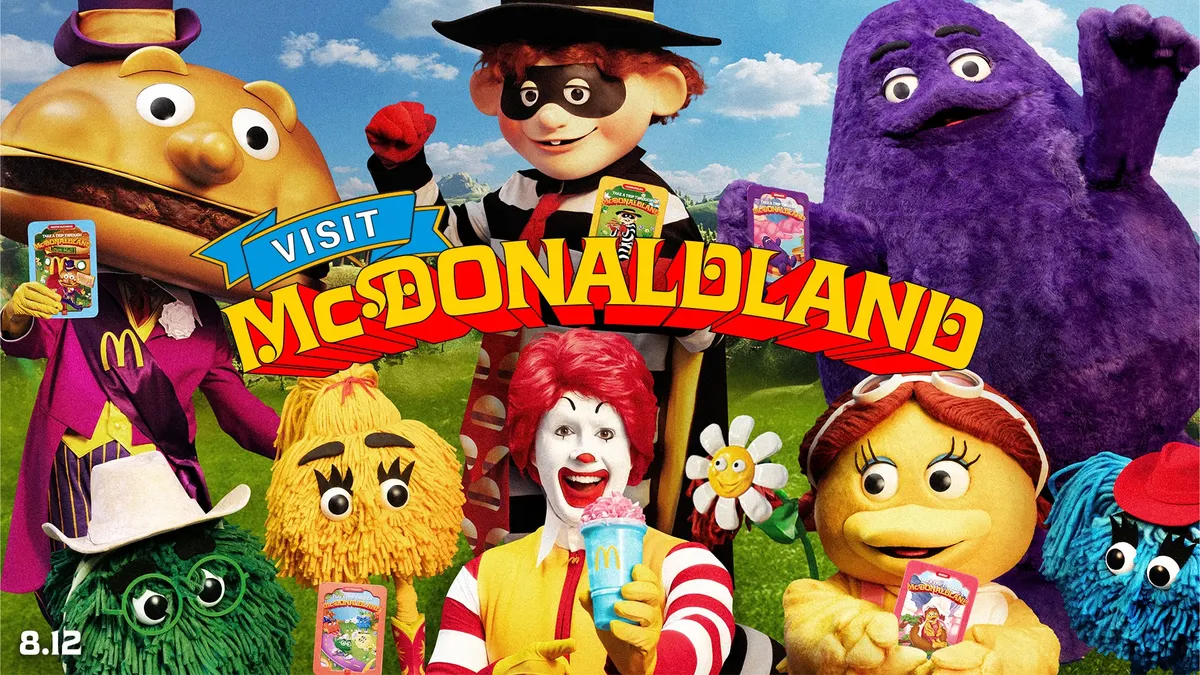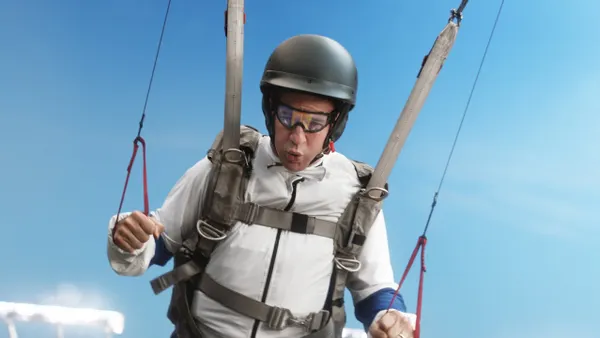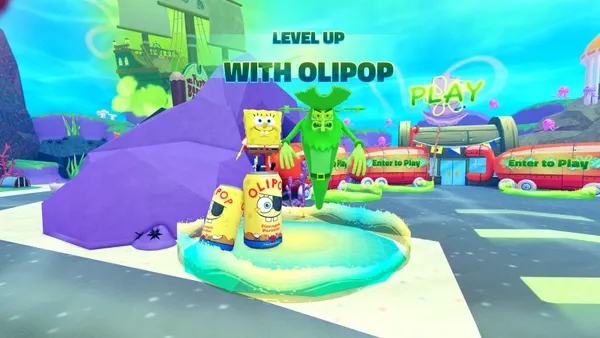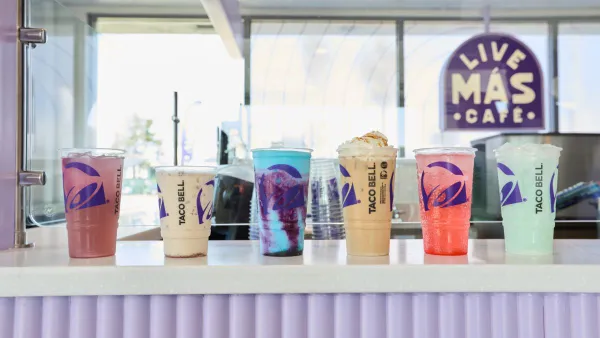Smartwater has reteamed with Jennifer Aniston for its latest campaign, which launched today (June 17), per details shared with Marketing Dive. The effort includes a series of 15- and 30-second spots that emulate the behind-the-scenes machinations of shooting a commercial and will run across online video, over-the-top, out-of-home, audio and social channels.
The campaign serves as an example of the marketing transformation that Smartwater parent company Coca-Cola has undertaken in the last few years. With the goal of building stronger brands, the company has aimed for authentic storytelling and developed a more granular approach to media planning.
“We started to articulate this idea that a brand is a promise wrapped in an experience inside a memory,” explained Shakir Moin, president of marketing at Coca-Cola North America, in a reworking of Winston Churchill’s appraisal of Russia.
Smartwater, Coca-Cola’s flagship global water brand, is a leader in the growing and evolving hydration category, available in 40% of homes in the U.S. To engage the other 60%, Coca-Cola sought ways to use marketing to be more relevant to consumers. At the brand’s core is a promise of purity and crispness, boosted by a sense of style and design and a place in culture. Smartwater also had an asset in Aniston, the brand’s global ambassador from 2007 through 2019.
Coca-Cola approached Aniston with the idea of reconnecting with a pitch, present in press materials, that revolved around how the pair “were never on a break” — a reference to an iconic moment on “Friends,” the popular sitcom which has endured during the streaming era and attracted new generations of fans.
“We're constantly scanning the culture to look at what's coming up, but we try to get into the ‘whys’ more versus the ‘whats.’ The ‘whats’ are interesting, but the ‘whys’ … are critical,” explained Moin. “We saw the rebirth of ‘Friends’ during COVID, and it continues to come through as we looked at how various social platforms were talking.”
The campaign was created by WPP Open X, led by VML and supported by Grey, Ogilvy New York, Publicis and United Talent Agency.
Evolving media
As part of its marketing transformation, Coca-Cola has evolved its approach to media planning by working to “de-average the marketplace,” Moin explained. The company uses a framework that divides consumers by their relationship to and consumption rate for each brand, and then targets each accordingly.
“[Consumers are] in different parts of the country, they're not sitting in one place and they require different frequency. They require different on-ramps on programs for them to visualize or get exposed to the brand,” Moin said.
In kind, Smartwater’s media plan is no longer a U.S. plan: it’s a plan provided by the brand team to the media team with specific directions on who to expose the brand to, and how to do it. Another change is beefing up the “science” in advertising’s “art and science” construction. Almost 70% of Coca-Cola media is now attributable to purchase, with the company continuing to increase its stores of data and build the capability to analyze it. Plus, the focus on data extends from media to content creation.
“It's super exciting from a creative standpoint, because we make sure we’re customizing creative, not only down to fit for platform,” said Luke Perkins, group director for creative strategy at Coca-Cola. The campaign with Aniston has custom creative for specific markets, along with pieces focused on either product or partner, in channels like out-of-home that are thought of as being less customizable than social and digital ones.
An AI spectrum
The personalization at scale that has long been a goal of marketers is increasingly becoming a reality through the use of generative artificial intelligence (AI), a field in which Coca-Cola has been an early adopter.
“We've been very choiceful on where AI comes in or not, because AI is not perfect yet. But at the same time, it's a huge opportunity in terms of improving our craft,” Moin said.
Moin gives as an example the old-fashioned way to write a brief for campaign asset, such as a billboard or poster. The marketer would write a brief for creative or agency partners, who would return with a version that would be a 50-50 proposition between a miss and a “decent” hit that would then have to be edited. Generative AI opens up the possibility of visual briefing.
“Instead of this as a written thing, where my visualization is different from [my creative partners], we can have the same visualization on AI, agree on it, and then go for a very effective and efficient shoot, which saves us a lot of time, but also reduces that hit and miss,” Moin said.
The Smartwater campaign had very little AI compared to something like Coke’s controversial Christmas ad, which relied heavily on generative AI. But either way, AI is here and growing, both in predictive uses for back-end data and in more traditionally creative functions.
“We are excited about the spectrum of use of AI versus a hard hit on 100% AI or no AI,” Moin said. “In both cases, it’s probably not the right answer.”



